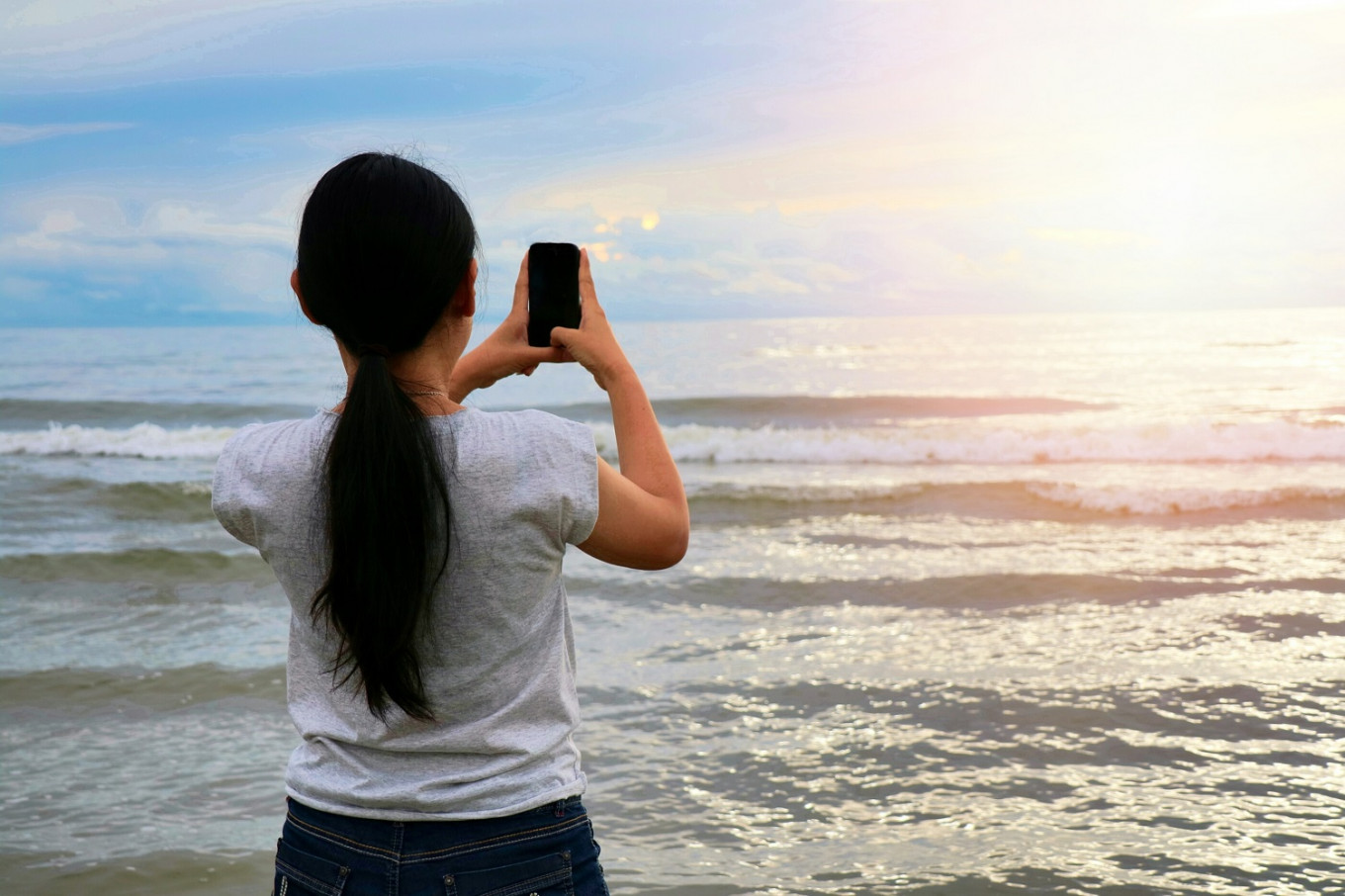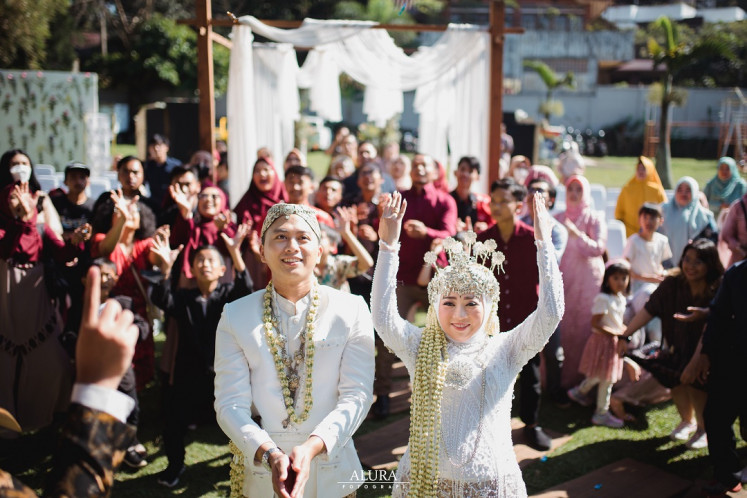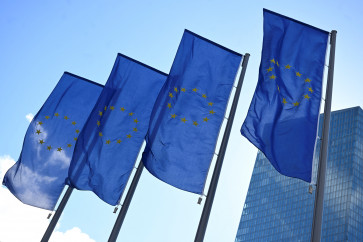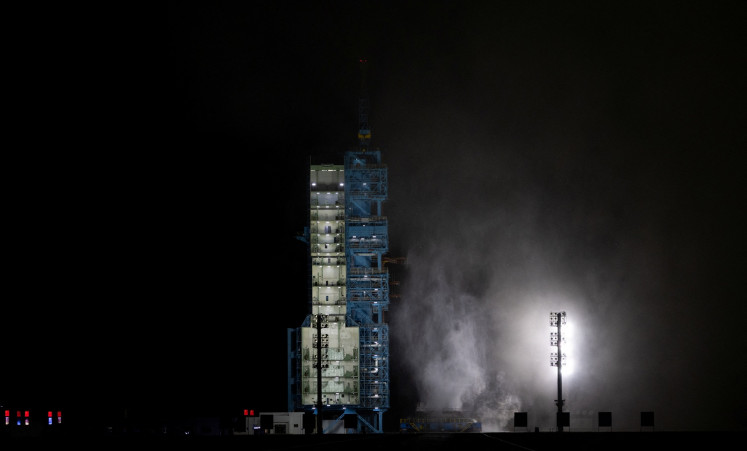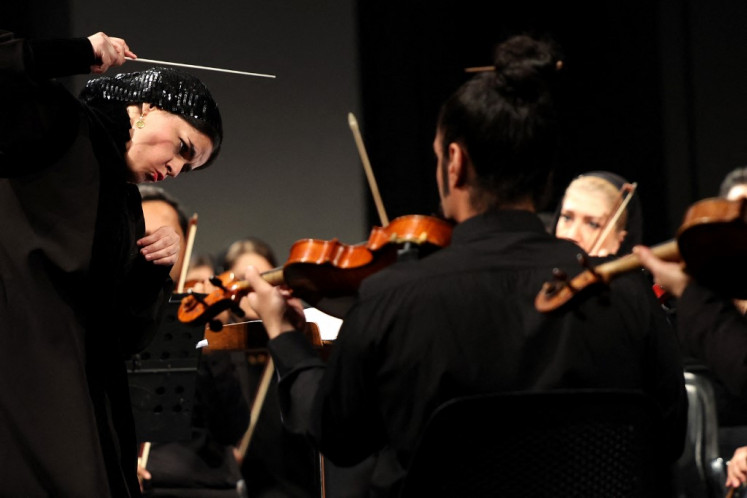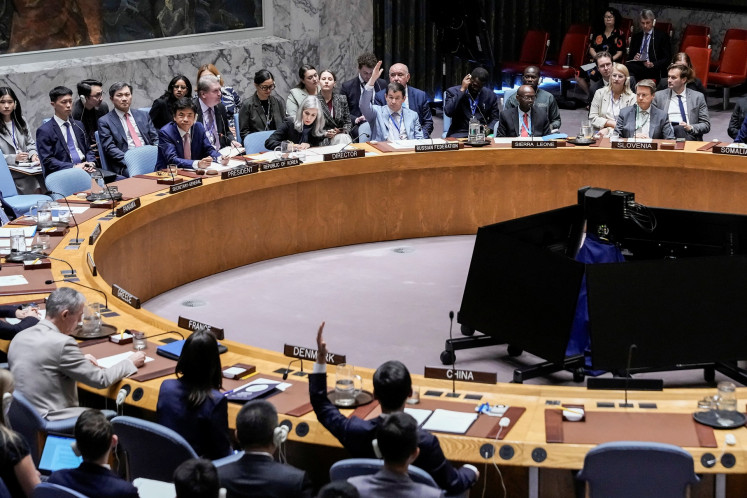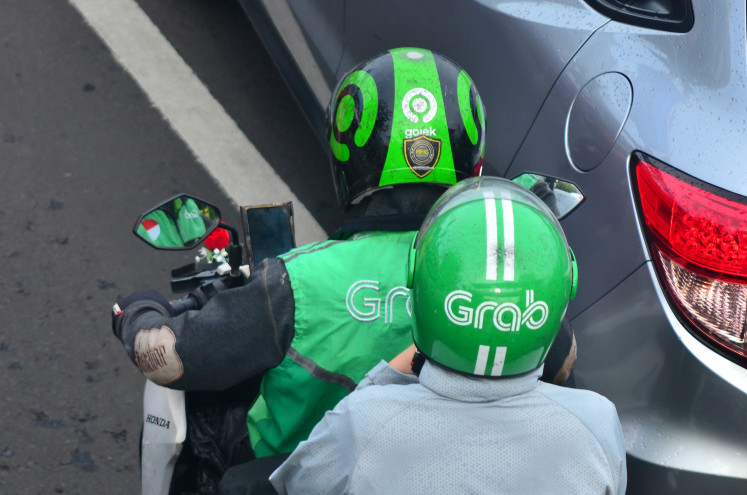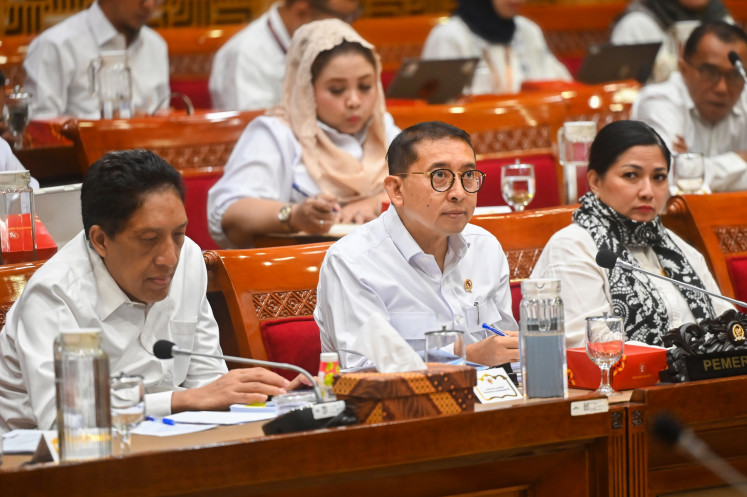Popular Reads
Top Results
Can't find what you're looking for?
View all search resultsPopular Reads
Top Results
Can't find what you're looking for?
View all search resultsIt's normal to take a selfie in disaster-stricken areas: Social media observer
People take selfies in the tsunami-affected locations with different intentions: to prove that they have arrived at the location and are taking part in providing aid.
Change text size
Gift Premium Articles
to Anyone
A
tsunami hit Banten and Lampung provinces without warning on Saturday night. In response to the natural disaster, many people traveled to the site of the destruction to help the victims, distribute aids and, some, take selfies.
According to an article titled “Destruction gets more likes: Indonesia’s tsunami selfie-seekers” published by The Guardian, people took selfies at the site with different intentions, including to prove that they have arrived at the location and are taking part in providing aid.
Despite their actual intentions, social media observer Nukman Luthfie said it was normal for people to want to take photos wherever they go, including at a tsunami-affected location.
“There are people who want to prove that they have arrived somewhere by logging in, checking in [on social media] and uploading some photos,” Nukman told kompas.com.
“The intention is actually normal; telling others that they have visited the location.”
However, a selfie could be considered inappropriate as people tend to smile in front of the camera, showing a happy expression.
Nukman explained it was possible that these selfie-hunters came to the location to help. Once their mission is complete, they take one or two photos of themselves.
Read also: Selfies: Root of all evil in Indonesian tourism
Having said that, Nukman encouraged those who want to take photos in tsunami-affected areas to be considerate about their surroundings by avoiding taking photos of their own face.
“You can take a photo of yourself, but show empathy by only capturing some of [your] body parts, not [the face],” he said, giving examples such as pictures of one’s feet on the beach or showing hands cleaning up debris.
Alternatively, people can ask others to take a photo of them from behind, therefore hiding their face, he added.
Selfies are a considerably new trend, but Nukman said they did not change the values of a society.
Meanwhile, Koentjoro, a professor at the Gadjah Mada University’s (UGM) school of psychology, explained that the selfie trend only recently appeared following the popularity of gadgets and social media.
“Each selfie says something; it speaks. By speaking, people will acknowledge my existence. By speaking, people will know who I am. The selfie has changed human behavior,” said Koentjoro.
He added that selfies made people care less about their surroundings as they prioritized capturing the moment.
“A moment becomes important. Every time there is [an opportunity to capture] a moment, people will take a selfie. They even look for the moment or create it, putting their lives in danger,” said Koentjoro, referring to a climber on Mount Merapi who fell to his death while taking a selfie on one of the volcano’s crests. (jes/mut)

